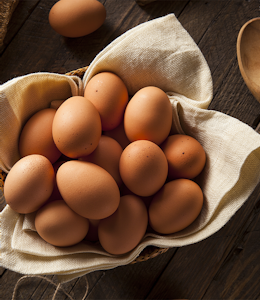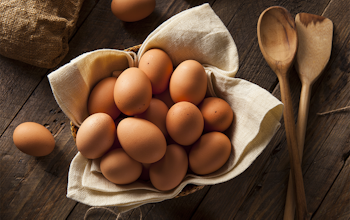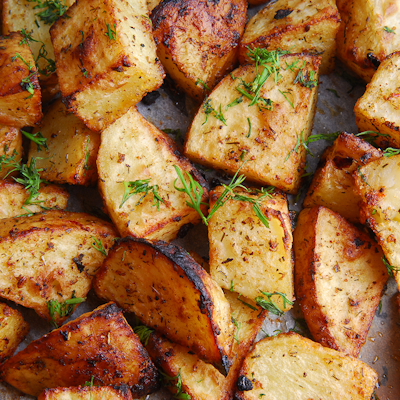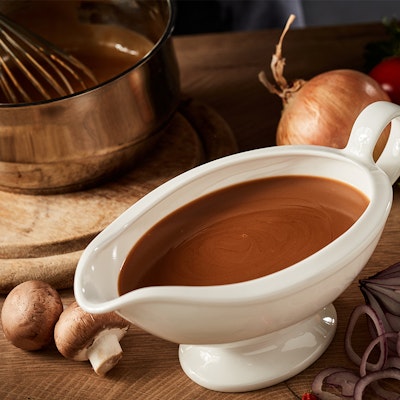What are traditional Easter foods?
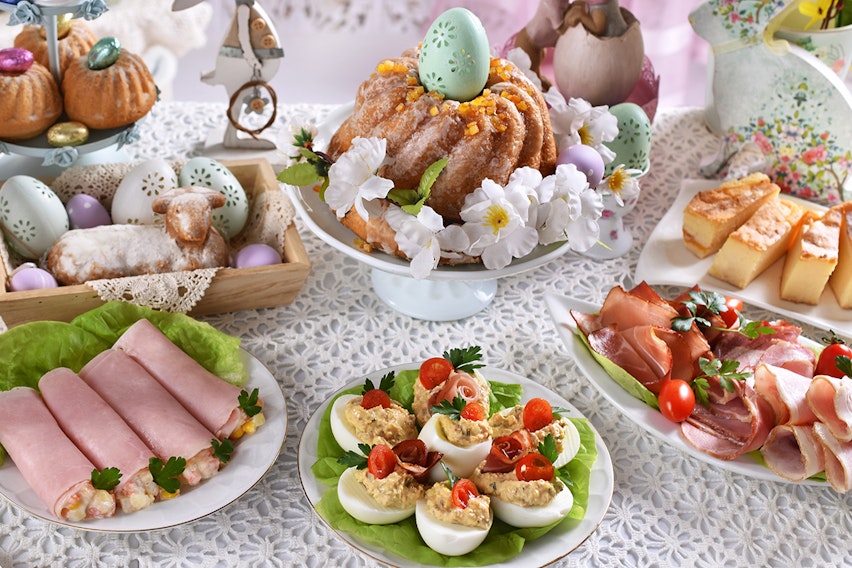
We’re breaking down Easter food ideas and easy Easter desserts - as well as what not to eat at Easter, in our guide to all the big food questions around this big spring event.
Here are some of the most frequently asked questions about Easter food:
- What are traditional Easter foods?
- Why do we eat chocolate at Easter?
- Why do we eat fish on Good Friday
- What is a good Easter dessert?
- Is it wrong to eat pork at Easter?
- Why is Easter celebrated with eggs?
- What do you eat on Easter Sunday?
- Can I dye Easter eggs with food colouring?
Now let’s find out the answers...
What are traditional Easter foods?
Some of the most traditional Easter foods are:
- Lamb
- Hot cross buns
- Easter biscuits
- Simnel cake
- Eggs
Lamb
Lamb is the meat most associated with Easter, and for several reasons - an association with the season of spring and the new life that comes with it, and the “sacrificial lamb” of the first Passover (Passover being a significant Jewish holiday and Jesus being a Jew). Jesus himself has also sometimes been referred to as or likened to a lamb, and so eating this meat has associations with the death and resurrection of Christ that Easter celebrates.
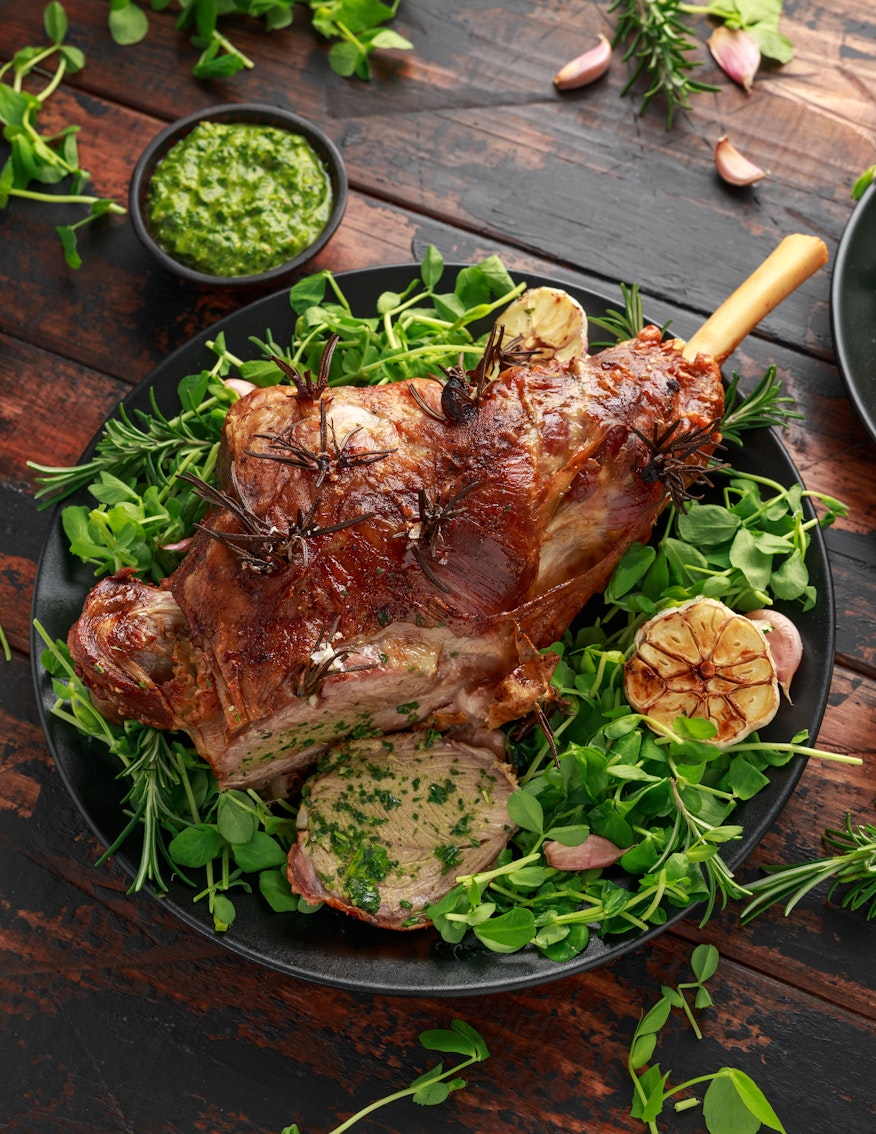
Easter takes place in either March or April, the time of year in which lamb is in season in the UK.
Hot cross buns
Hot cross buns are a type of tea cake made with spices, and recognisable for the cross of dough on the top.
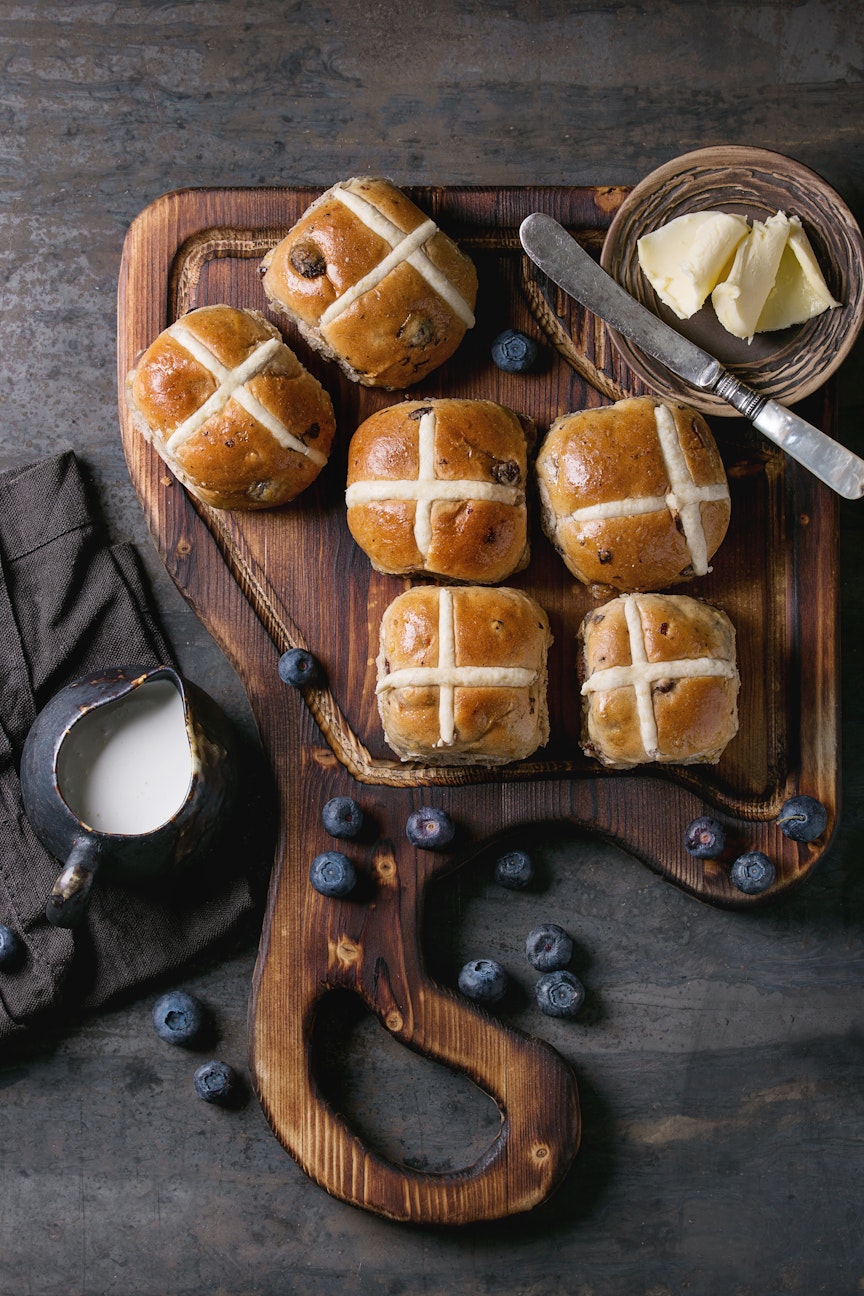
In the UK, salted caramel and chocolate varieties of hot cross buns are also popular, and usually available from around February until Easter has passed. In the religion of Christianity, bread represents life - the bun of the hot cross bun being the bread, and some of the baked good’s other ingredients are said to also have symbolic meaning - the spices representing spices used to embalm the body of Christ, for example.
The dough (or occasionally icing) cross on top of the bun symbolises the crucifixion, and consequently hot cross buns are consumed on Good Friday, marking the end of Lent.
Allergy alert!
Hot cross buns are likely to contain several allergen ingredients - wheat flour (a Cereal containing Gluten), butter and milk (both Milk), Eggs, and dried fruit like sultanas, which contain varying amounts of Sulphur Dioxide.
Easter biscuits
A delicacy of England’s West Country (encompassing the regions of Cornwall, Devon, Somerset, Bristol and Dorset), Easter biscuits are a type of round, spiced biscuit given as an Easter gift. Though slightly soft, they have a crunch that comes from sugar and extra sweetness from currants/dried fruit. Other ingredients include butter, flour, egg yolk, lemon zest and baking powder - traditional Somerset recipes often also include cassia oil, said to have been used in the embalming of Jesus’s body.
Allergy alert!
Easter biscuits are made with several ingredients that fall among the 14 major food allergens - Eggs, Milk (via butter) and Cereals containing Gluten (via flour).
Simnel cakes
Simnel cakes are a classic British and Irish Easter food, dating back to medieval times and particularly associated with Lent - the cake was traditionally made for “Laetare Sunday”, the 4th of Lent and the easing of Lent’s fast.
Simnel cake has a fruitcake base, but its main characteristics are the layers of marzipan paste in the middle of the cake and the top, and the 11 marzipan balls also placed on the cake top - symbolising the 11 apostles and their loyalty to Jesus.
Allergy alert!
In addition to allergen ingredients like butter (Milk), flour (Cereals containing Gluten) and Eggs that are usually associated with cakes, Simnel cake has marzipan as a major component. Marzipan is made with almonds, a type of (Tree) Nut.
Eggs
Eggs are everywhere during Easter - as food, as decorations, as props and part of games and activities - this is because of their association with life and birth and the resurrection of Christ.
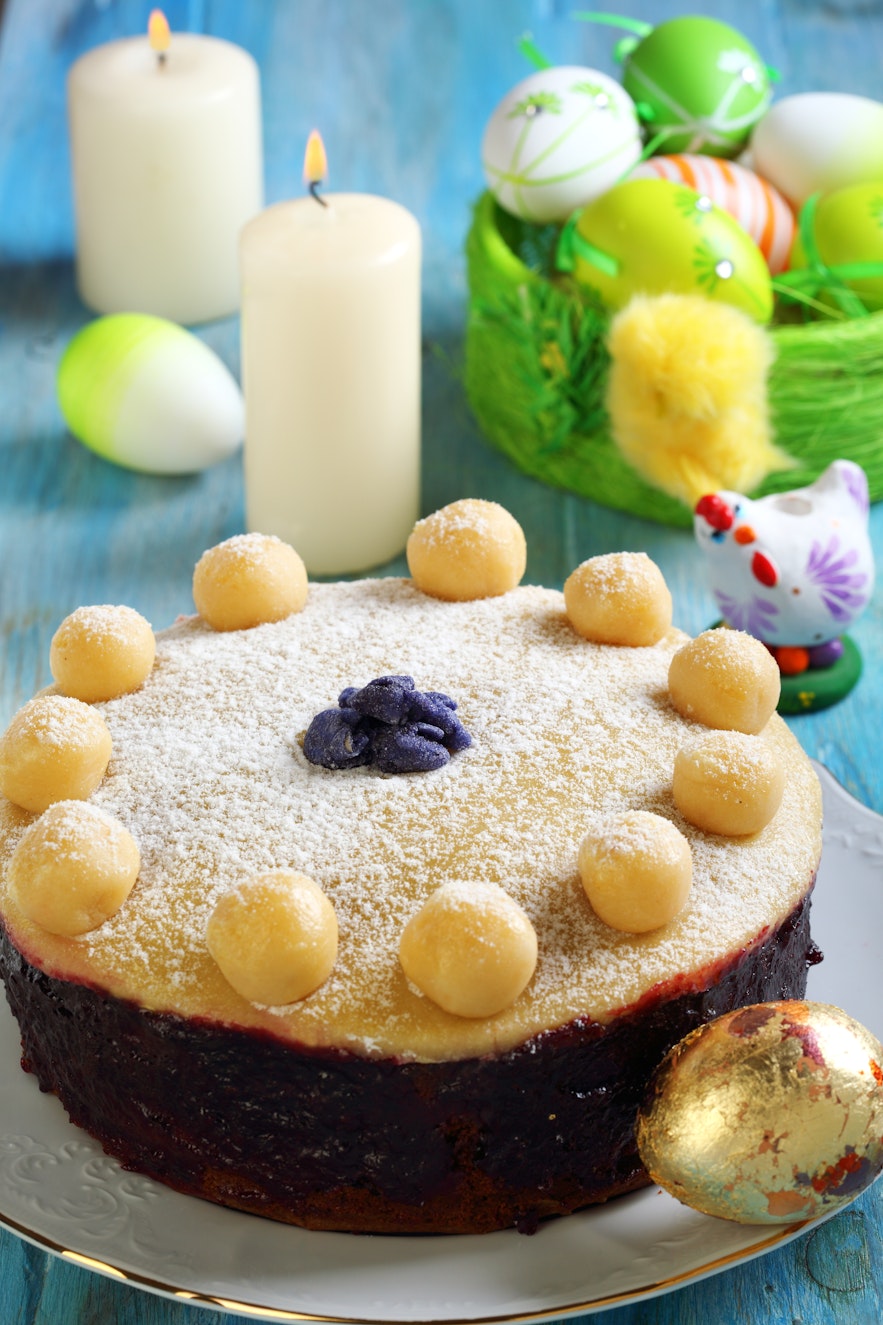
And whilst people do eat poultry eggs at Easter, the occasion is now more associated with chocolate Easter eggs - a tradition that is thought to have originated in France and Germany in the 1800s. Chocolate eggs were introduced to the UK in 1873 by Bristol-based confectioner J. S Fry & Sons.
Allergy alert!
Most Easter eggs are made with milk chocolate - which contains Milk, one of the 14 major food allergens. However, it is possible to get chocolate eggs made with pure coco solids, though they are less popular owing to their bitterness.
Why do we eat chocolate at Easter?
We eat chocolate at Easter because chocolate eggs have become a traditional Easter food (rather than chocolate itself). Eggs have long been a symbol of rebirth, and have been associated with spring and new life since before the establishment of Christianity.
Across Europe, brightly coloured, painted and decorated eggs have been used to celebrate Easter since the middle ages, and in the early 1800s French and German manufacturers built on this trend by creating chocolate eggs wrapped in bright paper, after the egg-shaped mould for pouring the chocolate into to set had been improved. English confectioners JS Fry & Sons were the first British brand to bring chocolate eggs to market in 1873, followed 2 years later by Cadbury's.
You may also be interested in…
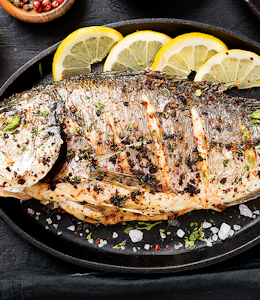
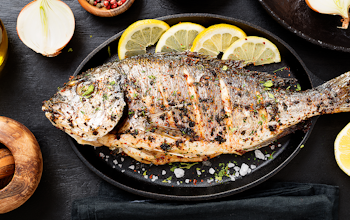
You may also be interested in…
Fish recipes and ideas for Good Friday
ReadThe popularity of chocolate eggs rose when milk chocolate (rather than dark chocolate) became more widely available throughout the 20th century, and it is estimated that the UK consumes over 80 million chocolate Easter eggs a year.
Why do we eat fish on Good Friday?
It is traditional for Christians to eat fish on Good Friday because they are required to abstain from eating meat on that day. This is because Jesus sacrificed his flesh on Good Friday, and he was warm-blooded, so meat from other warm-blooded mammals should be avoided. Meat from cold-blooded animals, like fish, is different and therefore acceptable to eat on Good Friday. For some people the abstaining of meat and eating of fish extends to all Fridays, not just Good Friday.
There is no particular type of fish associated with or best eaten at Easter, but you can find some of our top menu ideas for Good Friday here. And don’t forget - Fish is one of the 14 major food allergens.
What is a good Easter dessert?
Originally made for the 4th Sunday and impending winding down of Lent, the British and Irish Simnel cake has been a traditional Easter sweet since medieval times.
A fruitcake topped with a layer of marzipan and 11 marzipan balls representing the 11 apostles and their loyalty to Jesus Christ, the cake is not just a classic dessert but an Easter gift too.
Brownies are another great choice for an Easter dessert, as you can use extra Easter egg chocolate or confectionary to add to or decorate the brownies.
For those wishing to get a break from chocolate-based desserts, Easter is a good occasion to use seasonal ingredients like rhubarb - which can be cooked with sugar and made into a crumble, or layered with sponge and custard for trifle.
In France, the traditional Easter dessert is “Nid de Pâques'' - a type of bundt cake decorated with buttercream to look like a nest, and then filled with chocolate eggs, whilst Grasshopper Pie is a famous American Easter dish inspired by the cocktail of the same name. Made using a chocolate crumb crust, it is filled with a mint mousse made by combining whipped cream into marshmallow and infused with creme de menthe and creme de cacao. Grasshopper Pie can be made ahead of time and chilled to set in the fridge.
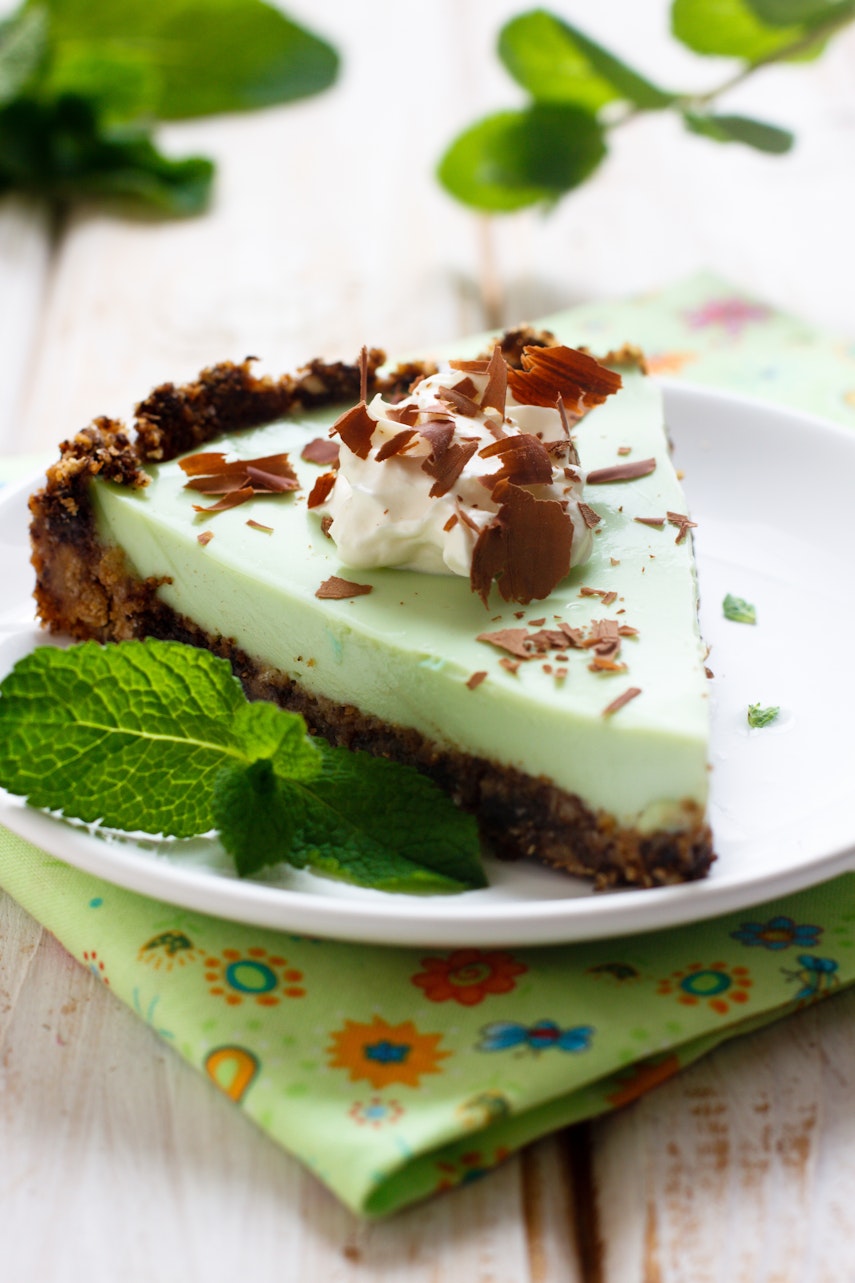
Is it wrong to eat pork at Easter?
No, it is not wrong to eat pork on Easter Sunday. Whilst Christians (particularly Catholics) are required to abstain from eating meat (including pork) on Good Friday - and some apply this rule to Ash Wednesday too, no such restrictions apply to Easter Sunday.
Sometimes people think you should not eat pork at Easter because Jesus was a Jew, and pigs do not chew cud and are therefore not Kosher - but keeping kosher does not apply to Christianity, and therefore Easter.
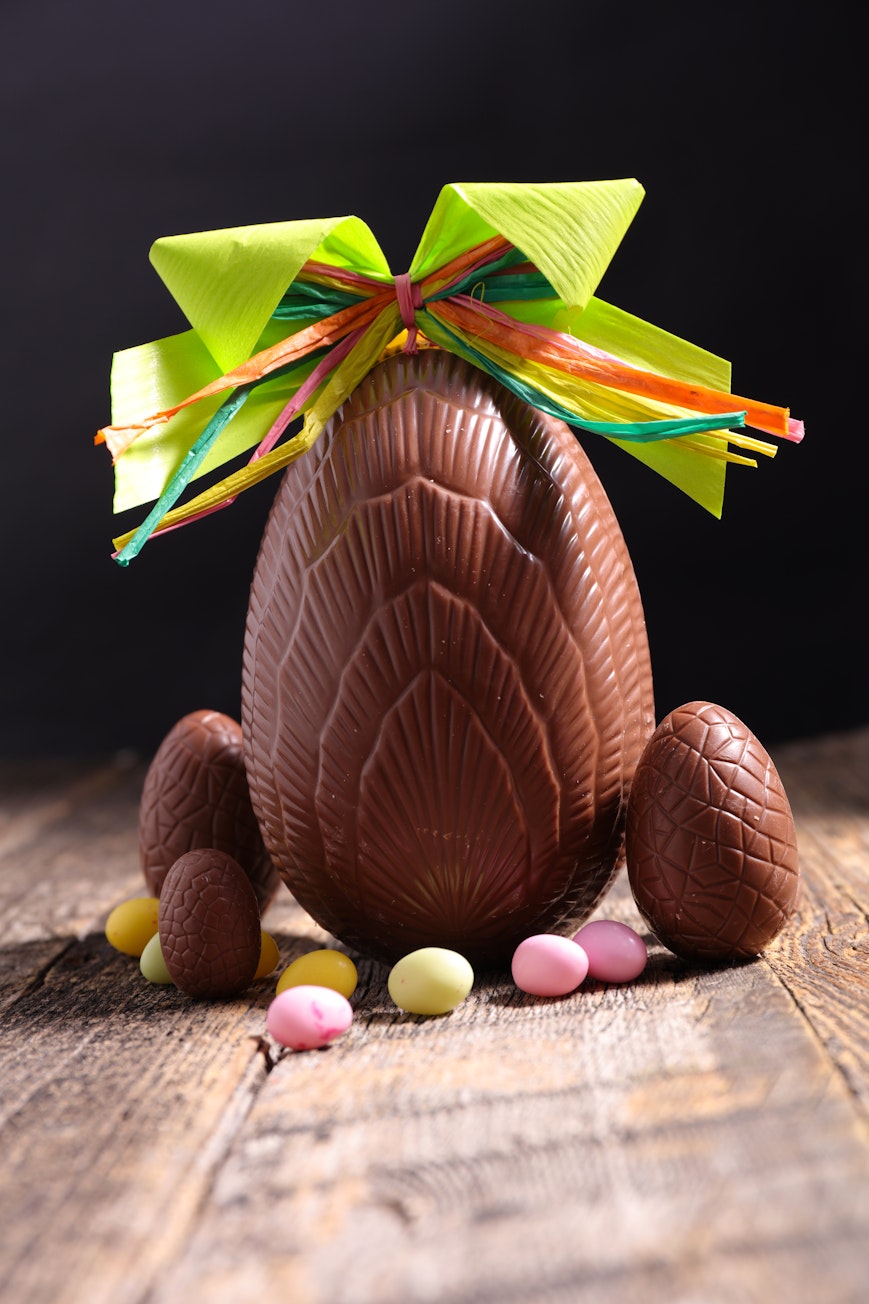
Why is Easter celebrated with eggs?
Easter is celebrated with eggs for several reasons - chiefly among them the long association of eggs with life, rebirth and spring.
The hollowed out Easter egg represents the empty tomb from which Jesus was resurrected, and though common chocolate Easter eggs were not popularised until the 19th century, the tradition of Easter eggs goes back to the early Christians of Mesopotamia (now Iraq) - spreading through Europe over hundreds of years.
A further Easter association with eggs comes from Lent - eggs are traditionally not allowed to be consumed during Lent, and were eaten as a treat when Lent was over on Easter Sunday.
What do you eat on Easter Sunday?
There is no set, traditional food or dish for Easter Sunday, however there are 2 meats in particular that have become very popular as the main dish for dinner on the occasion.
Hot
Roast lamb - the meat most associated with Easter is emblematic of new life. Homemade mint sauce is the traditional accompaniment for lamb, as its tanginess complements the sweet, juicy meat. Potatoes are another classic accompaniment, especially those that have been par-boiled and sliced up to cook in the roasting tin to soak up all the aromatic juices. Sprouts, asparagus and other green vegetables - particularly those in season in spring - also go well with lamb.
Cold
Roasted or poached ham is another meat popularly eaten at Easter, and is especially well suited to buffets or cold suppers as it can be sliced up and brought out of the refrigerator ready to eat (as well as being served and eaten straight out of the oven).
Serve cold ham with other ambient foods such as hard-boiled eggs, crusty bread and pickles. Pease pudding - made with mashed and boiled split peas, makes for a great accompaniment to ham too.
Can I dye Easter eggs with food colouring?
Yes, you can dye (Easter) eggs with food colouring. The egg should be submerged in a cup of boiling water, with food colouring added to the required hue, as well as a teaspoon of vinegar. The vinegar is necessary to help the food colouring bond to the egg, though you can use an alternative acid such as lemon juice if you do not have any vinegar.
You may also be interested in…
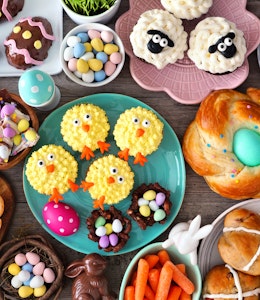
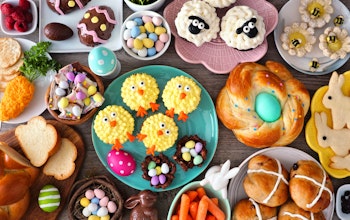
You may also be interested in…
